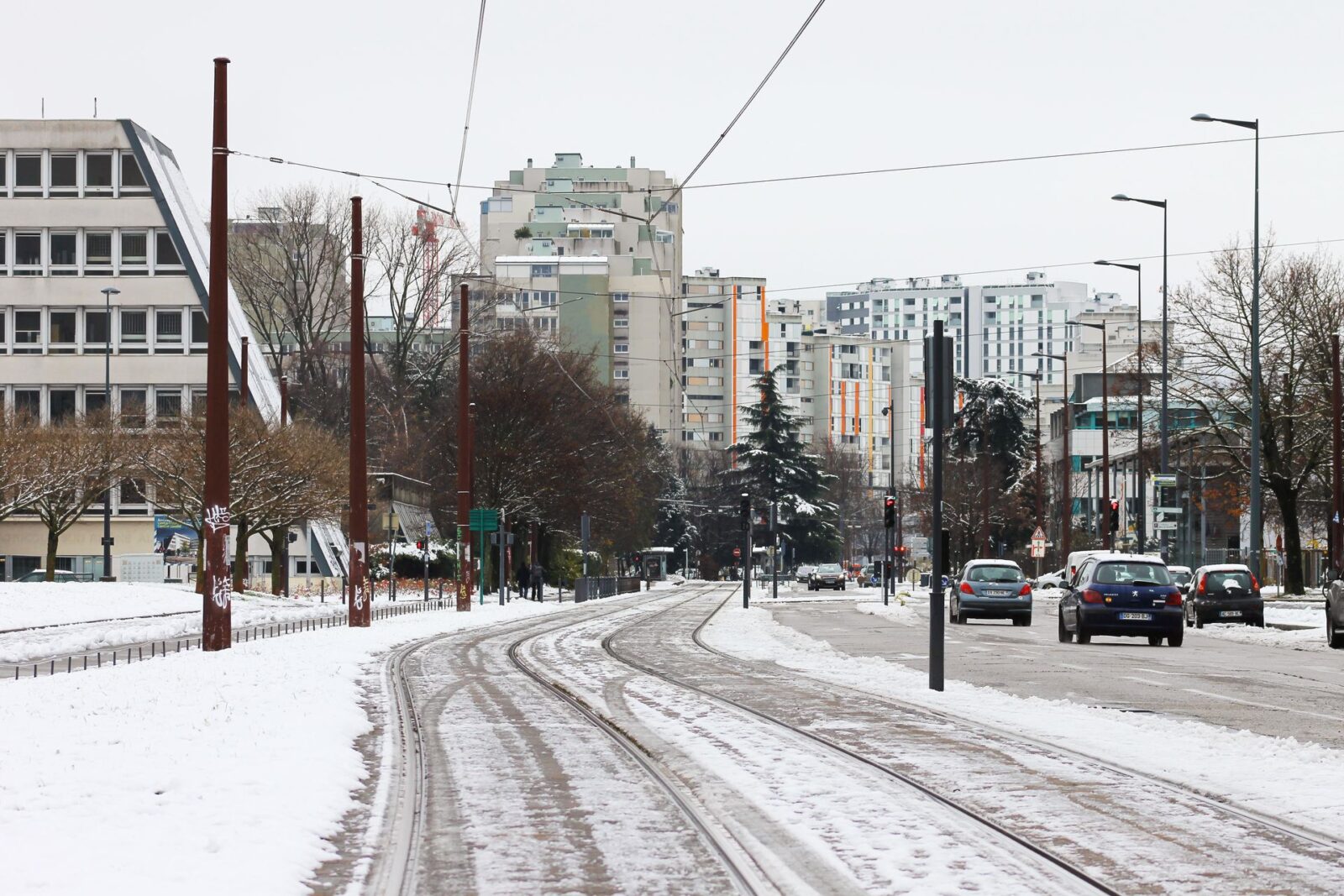Rester au chaud avec moins d’impact (négatif) sur l’environnement
Les problèmes environnementaux sont souvent liés aux conditions climatiques (chaleur et fraîcheur). L’hiver arrive à grand pas, des méthodes de dégivrage et de chauffage sont souvent néfastes pour l’environnement.
Mieux vaut prévenir que guérir. Avant le début de la période hivernale, vérifiez que votre maison ou appartement n’a pas de problème de fissure ou de fente.
Pour éviter de faire mal à la planète et alléger votre portefeuille énergétique, nous vous proposons d’appliquer les conseils suivants :
Privilégiez le linge chaud
Lorsque l’on a froid, le premier réflexe est d’augmenter le chauffage, ce qui entraîne systématiquement une plus grande consommation d’énergie, une augmentation de la facture d’électricité et une pollution. Pour remédier à cela, mettez quelques couches de vêtements en plus pour vous tenir chaud : des pulls, des chaussettes en laine d’hiver, des vestes légères et chaudes, des joggings chauds polaires etc.
Vous éviterez de vous refroidir via vos pieds en portant des pantoufles à la maison (même dans votre bureau si possible)
Les tapis et/ou moquettes au sol permettent de garder les pieds au chaud
Utilisez la même démarche les nuits en superposant des couvertures, des couettes…
N’oubliez pas les plaids lors de vos soirées homeciné.

Optez pour un thermostat programmable
Si votre maison est bien isolée, vous aller pouvoir régler la température en fonction de votre présence ou non.
– 30 minutes avant le lever : température de confort (21°C)
– 15 minutes avant le départ de la maison : basse température (16°C)
– 30 minutes avant le retour à la maison : température de confort (21°C)
– 30 minutes avant le coucher : basse température (16°C)

Optez pour des portes et fenêtres isolées
Plus l’habitat est grand, plus le besoin en énergie pour chauffer est important. C’est pour cela qu’il faut toujours fermer les portes par lesquelles l’air entre.
Choisissez des rideaux ou des stores très épais (ou remplacez-les si besoin), et laissez-les fermés le plus souvent possible pendant l’hiver. Cela empêchera le froid d’entrer via vos fenêtres.

Économisez l’eau
En hiver, c’est très agréable de prendre une longue douche chaude, mais n’oublions pas que l’eau est une ressource rare et que nous devons l’économiser.

Attention aux méthodes de dégivrage
Généralement, on jette du sel sur les trottoirs et passages pour déglacer. Mais il faut lire attentivement le mode d’emploi de l’emballage de ces produits et n’en utiliser que la quantité nécessaire car certains dégivreurs, tels que le sel gemme et le chlorure de calcium, peuvent présenter un danger pour les enfants, les animaux domestiques et l’environnement. Pour éviter les erreurs, il faut opter pour des alternatives écologiques pour déneiger en toute sécurité.



